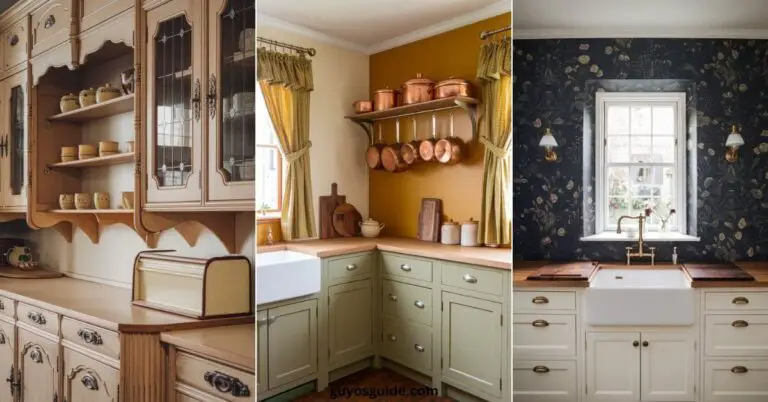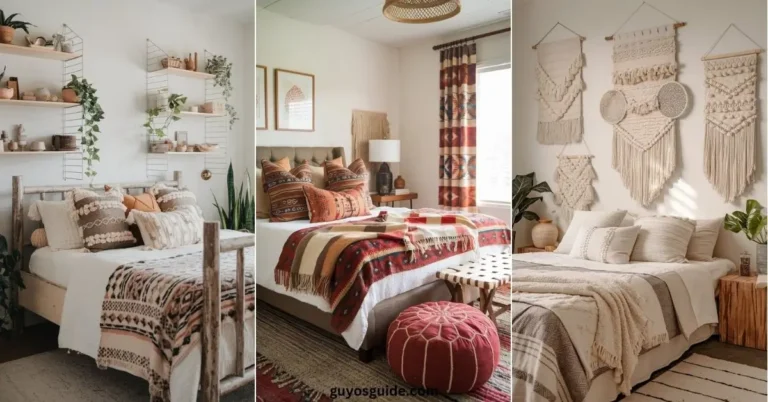29 Japandi Bedroom Ideas for a Calm and Minimalist Vibe
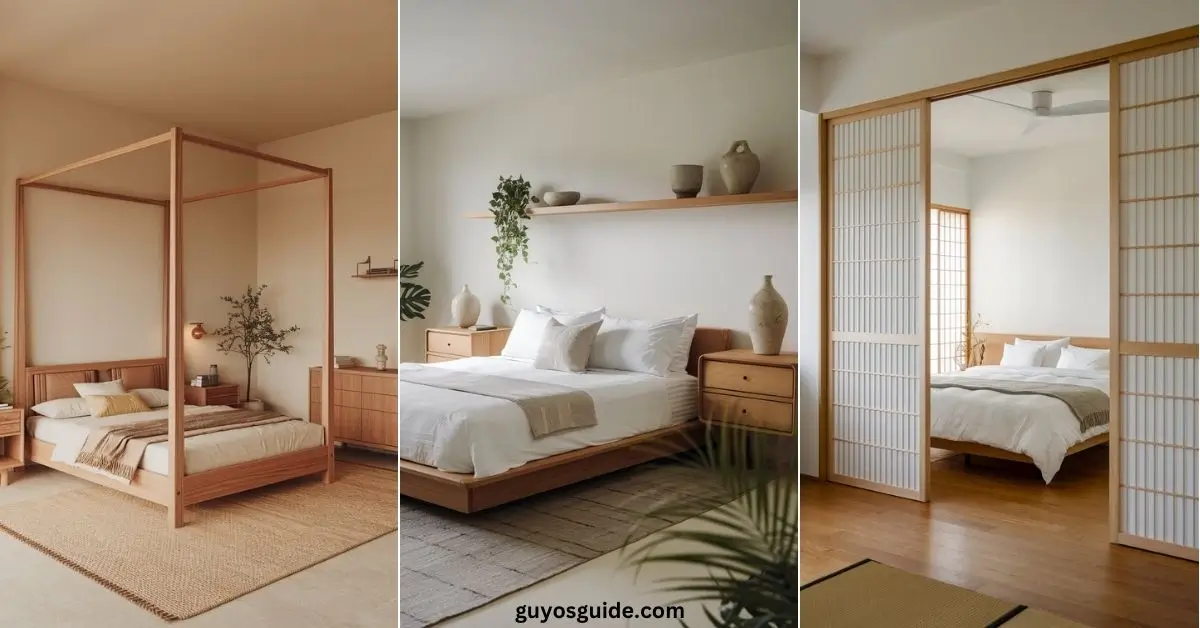
Some of the links in this post are affiliate links, meaning, at no additional cost to you, We will earn a commission if you click through and make a purchase.
Looking to create a calm and stylish bedroom?
Japandi bedroom ideas combine Japanese minimalism with Scandinavian coziness for a peaceful space.
In this article, we’ll share simple tips to bring this modern and relaxing style into your bedroom.
Let’s get started!
1. Embrace Neutral Tones

Neutral tones are the heart of Japandi design.
Soft beiges, off-whites, and light grays create a serene atmosphere, perfect for a relaxing bedroom.
These subtle colors act as the perfect backdrop to the natural materials and minimalist approach typical of Japandi design, allowing the simplicity and calm to shine through.
Pairing them with wooden accents will help achieve a perfect balance.
2. Incorporate Natural Wood

Japandi design emphasizes the use of natural wood.
From bed frames to side tables, incorporating warm-toned wood pieces adds an organic element to your bedroom.
Opt for light oak or ash to keep the room feeling airy and grounded.
This minimalist approach helps blend Scandinavian functionality with Japanese nature-inspired aesthetics, offering a serene and balanced bedroom environment.
3. Choose Low-Profile Furniture

In line with the minimalist aesthetic, low-profile furniture such as platform beds and low wooden dressers create a grounded feel.
This style draws inspiration from Japanese design, which focuses on creating a closer connection to nature and the floor.
A simple bed with clean lines will establish an open, uncluttered atmosphere in your Japandi bedroom.

4. Focus on Functionality

Every piece in a Japandi bedroom should have a purpose.
Opt for multi-functional furniture like storage beds or sleek wardrobes with sliding doors.
This minimalist approach reduces clutter, ensuring a clean and functional living space.
Japandi design blends Japanese elegance and Scandinavian practicality, so always choose items that enhance both beauty and utility.
5. Add Tatami Mats or Area Rugs

Tatami mats or neutral area rugs enhance the Japandi aesthetic while also adding comfort underfoot.
Opt for rugs made of natural fibers like jute or wool, which complement the room’s simplicity.
These organic materials also bring warmth to the space without overwhelming the minimalist design, creating a harmonious and inviting bedroom.
6. Include Shoji Screens

Shoji screens, a staple in Japanese design, can add authenticity and texture to a Japandi bedroom.
These traditional sliding panels, made of translucent paper over a wooden frame, serve as room dividers or wardrobe doors.
They let soft, diffused light through, adding a calming ambiance and blending the Japanese aesthetic seamlessly with Scandinavian simplicity.
7. Bring in Minimalist Art

Japandi embraces minimalism, and that extends to wall art.
Choose abstract or nature-inspired pieces in muted tones to maintain the design’s calming aesthetic.
Alternatively, opt for traditional Japanese ink paintings or simple line drawings that speak to both Scandinavian and Japanese design values.
Remember, less is more when it comes to Japandi bedroom art.
8. Use Natural Textiles

Incorporate natural fabrics like cotton, linen, or wool for bedding and throws.
These materials enhance the connection to nature while keeping the design breathable and relaxed.
Stick to neutral or earthy tones, and consider layering textures for added depth.
This helps maintain the soothing, minimalist vibe central to Japandi design while offering cozy comfort.
9. Create a Zen Corner

A small corner dedicated to meditation or relaxation can elevate your Japandi bedroom design.
Keep it minimal with a floor cushion, a small bamboo mat, or a simple wooden bench.
Add a few houseplants to enhance the calming, nature-inspired environment.
This zen space creates a sanctuary for mindfulness in your everyday life.
10. Layer with Subtle Textures

Texture plays a key role in keeping a minimalist space from feeling stark.
Layer subtle textures like soft linens, smooth ceramics, and woven baskets.
By keeping the palette neutral, you allow the different textures to stand out.
This contrast between smooth and textured materials adds dimension without overwhelming the simplicity of the Japandi style.
11. Integrate Built-in Storage

Built-in storage solutions are a hallmark of Japandi design. They help maintain a clean and uncluttered bedroom.
Consider installing built-in wardrobes or storage benches to maximize space and keep belongings organized.
Opt for simple, flush designs with minimal hardware, ensuring that the storage blends seamlessly into the room’s minimalist aesthetic.
12. Select Simple Lighting

Japandi lighting should be soft and understated.
Think of paper lanterns, minimalist pendant lights, or wooden table lamps with neutral shades.
Avoid overly ornate or bold designs.
The key is to create a warm and inviting atmosphere with ambient lighting that complements the natural materials and neutral color palette of the room.
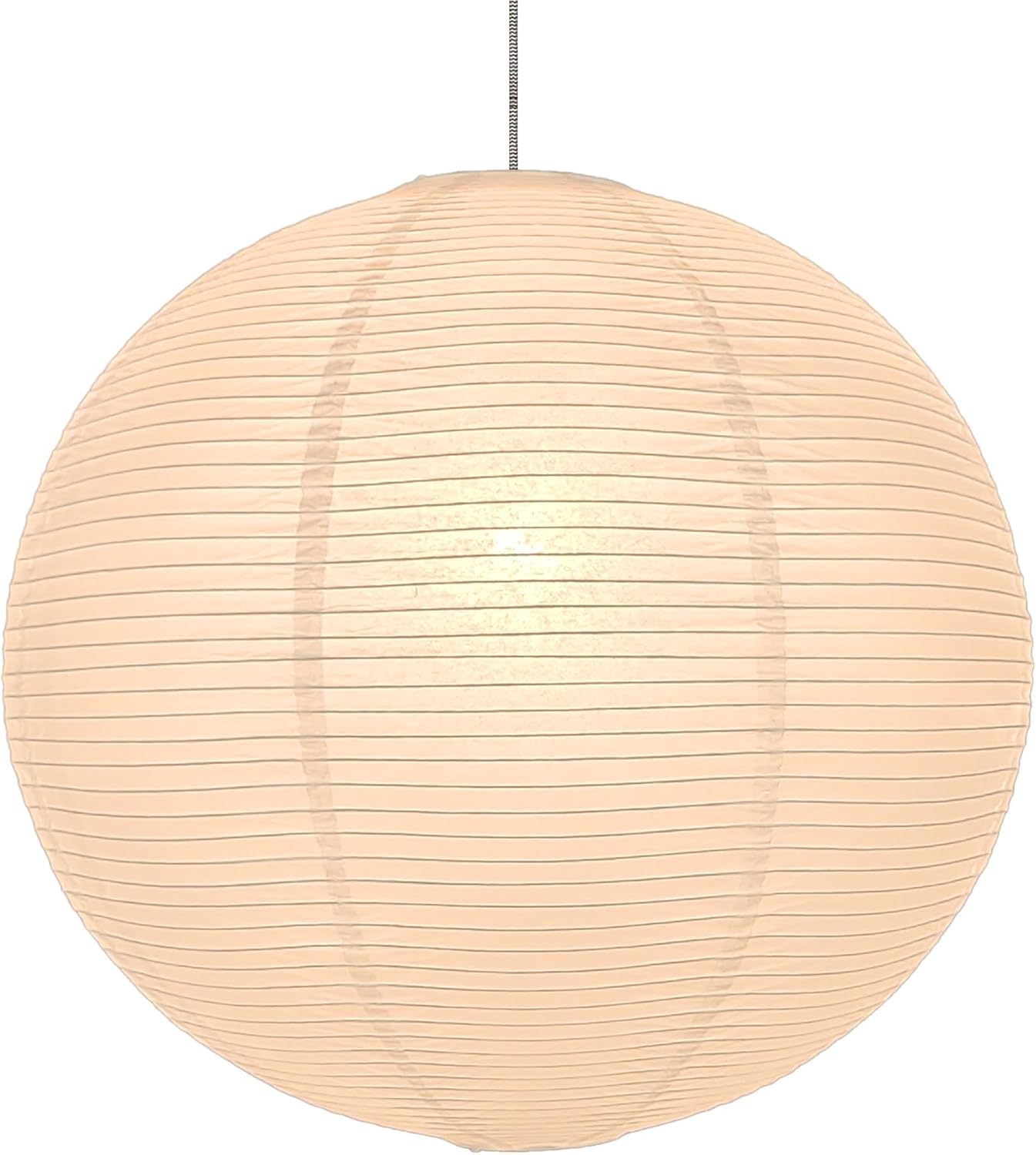
13. Maximize Natural Light

Natural light is crucial in Japandi bedroom design.
Large windows or sliding glass doors will help flood the room with sunlight, enhancing the bright, airy feel typical of Scandinavian design.
Keep window treatments light and simple, opting for linen curtains or bamboo blinds that allow light to filter through while maintaining privacy.
14. Use Stone or Ceramic Accents

Incorporate stone or ceramic elements, such as vases, decorative bowls, or bedside lamps, to introduce an earthy vibe to the space.
These natural materials complement the wood tones while reinforcing the Japandi aesthetic’s connection to nature.
Select minimalist designs with neutral hues to maintain harmony within the space.

15. Focus on Decluttering

Japandi design emphasizes simplicity and order.
Keep your bedroom clutter-free by only displaying items that serve a purpose or bring you joy.
Invest in smart storage solutions, and resist the urge to over-decorate.
The clean, minimalist environment promotes relaxation and serenity, allowing you to unwind at the end of the day.
16. Opt for Soft Bedding

A Japandi bedroom should feel like a retreat, and that starts with the bedding.
Choose soft, high-quality linens in neutral colors.
Consider layers of texture, such as a linen duvet paired with a wool throw.
Keep patterns to a minimum, focusing instead on the softness and natural feel of the materials.
17. Add Potted Plants

Bringing in greenery is essential to the Japandi style.
Place potted plants around your bedroom to create a fresh and natural atmosphere.
Opt for low-maintenance indoor plants like ferns or snake plants.
The organic touch of greenery connects you to nature, reinforcing the serene and calming aesthetic of the Japandi style.
18. Use Sliding Doors

Sliding doors, inspired by traditional Japanese homes, add an elegant, space-saving solution in a Japandi bedroom.
Whether used for closets or as room dividers, they offer a clean, minimalist alternative to traditional doors.
Sliding doors also enhance the open, airy feel of the space, perfectly complementing the room’s overall minimalist design.
19. Keep Accessories Minimal

Japandi design calls for simplicity in every detail, including accessories.
Choose only a few meaningful decorative items, such as a handcrafted ceramic vase or a single piece of pottery.
Avoid cluttering surfaces with too many objects. The idea is to focus on quality over quantity, allowing each piece to shine in the space.
20. Incorporate Black Accents

Black accents add contrast and sophistication to the neutral color palette often found in Japandi bedrooms.
Introduce black frames, hardware, or light fixtures to ground the design and provide a modern touch.
The subtle use of black helps define the space, adding a contemporary edge while maintaining the room’s calming atmosphere.
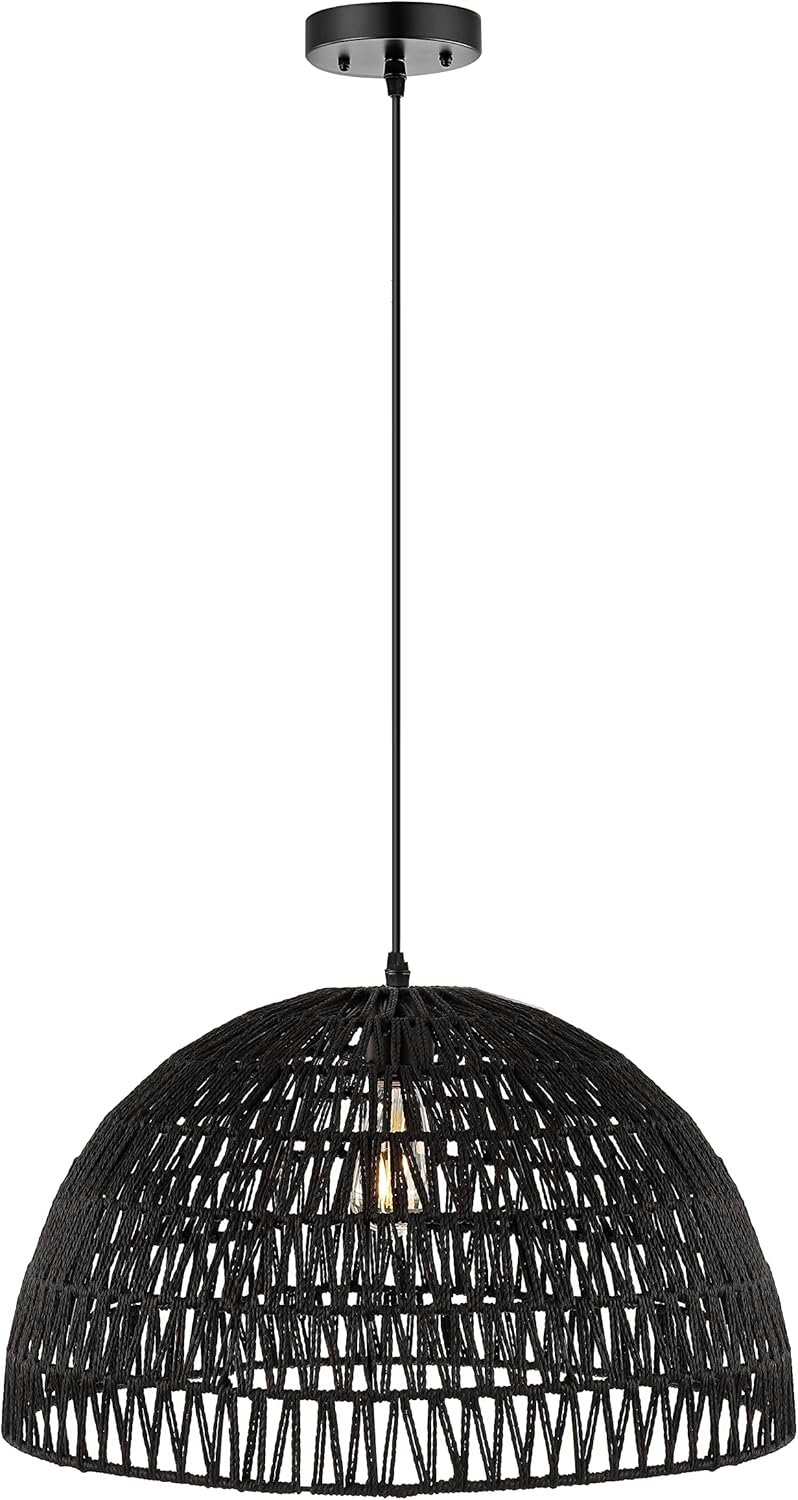
21. Integrate Organic Shapes

Organic shapes bring fluidity and warmth to a Japandi bedroom.
Think curved headboards, rounded mirrors, or soft-edged furniture.
These softer lines balance out the clean, minimalist elements, creating a more welcoming and approachable space.
Organic shapes are a subtle way to infuse a natural, human touch into the room.
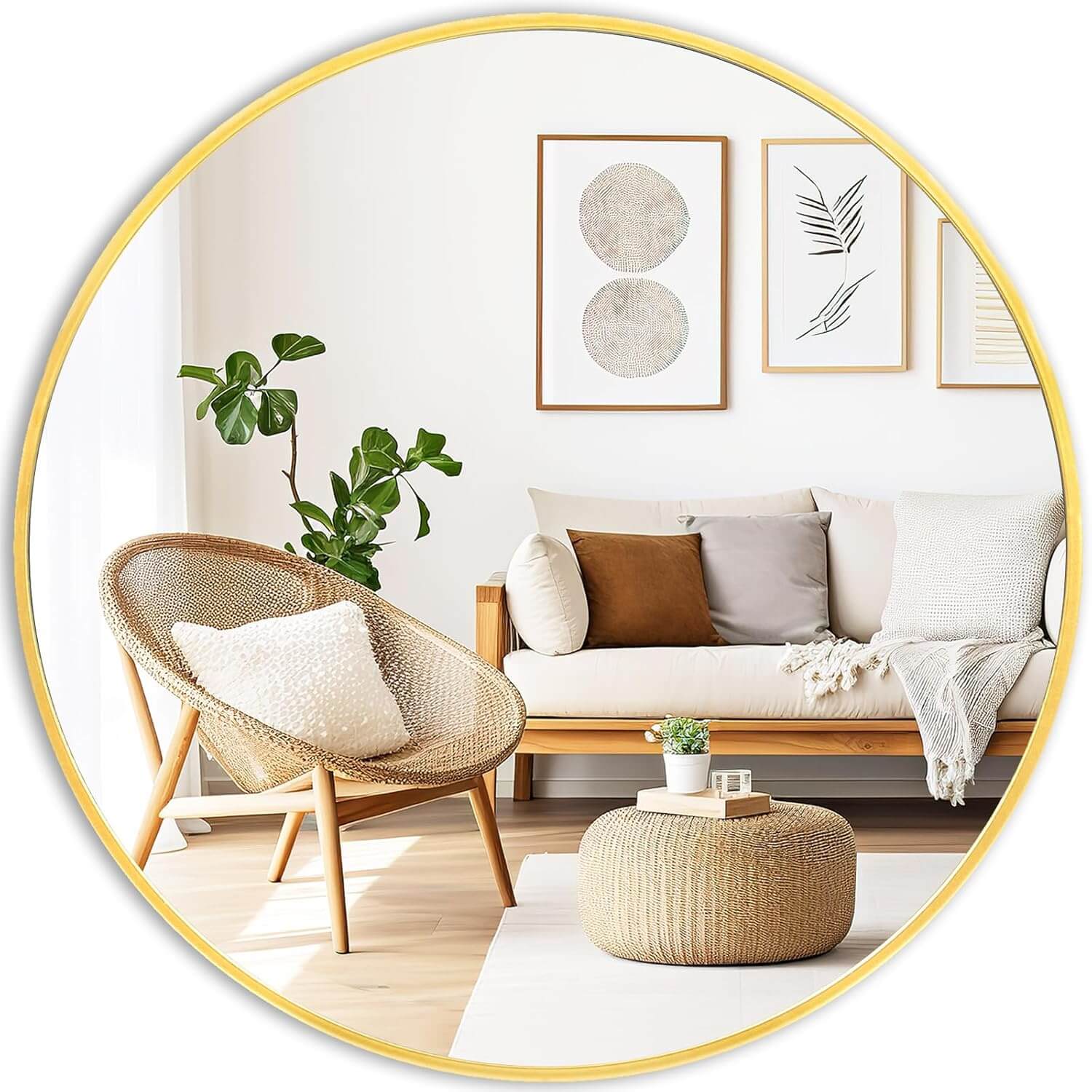
22. Combine Different Wood Tones

While Japandi design typically favors lighter wood tones, combining different shades of wood can add visual interest to the space.
For instance, pair a light oak bed frame with a darker walnut dresser.
This contrast creates depth and dimension while staying true to the natural elements that define the Japandi aesthetic.
23. Keep the Palette Monochromatic

Sticking to a monochromatic color palette in soft neutrals helps create a cohesive and calming environment.
Choose varying shades of white, beige, and gray to layer throughout the room.
This approach enhances the minimalist feel, allowing the textures and natural materials to take center stage in the Japandi design.
24. Choose Simple, Elegant Bedding

Select bedding that is elegant yet simple.
Stick to solid colors or very subtle patterns. Linen or cotton bedding in light, neutral shades is ideal.
The bed should look inviting yet minimal, avoiding the use of heavy patterns or excessive pillows that could disrupt the room’s serene and minimalist aesthetic.
25. Incorporate Bamboo

Bamboo is a sustainable material that fits perfectly into Japandi bedrooms.
Whether it’s a bamboo bed frame, lamp, or blinds, this material adds a touch of Japanese-inspired design.
Bamboo is durable, eco-friendly, and aligns with the nature-centric approach of Japandi design, making it an excellent addition to your bedroom.
26. Keep Surfaces Clean

Surfaces such as nightstands and dressers should remain clutter-free.
The Japandi design philosophy promotes simplicity and order, so aim for clear surfaces with only a few carefully chosen items, like a small vase or a book.
This creates a tranquil environment where every object has its place and purpose.
27. Add Scandinavian Hygge

Infuse a sense of Scandinavian “hygge” by adding cozy elements like a textured blanket or a soft wool rug.
While Japandi design is about minimalism, it also values comfort.
Incorporating a few cozy touches will make the bedroom feel inviting while still staying true to the overall aesthetic of simplicity and warmth.
28. Keep it Eco-Friendly

Japandi style aligns with eco-conscious living.
Opt for sustainable materials such as bamboo, organic cotton, and responsibly sourced wood.
Choosing eco-friendly furnishings and materials reflects the balance between nature and design, a key principle in both Japanese and Scandinavian design philosophies.
It’s a mindful way to create a beautiful and ethical space.
29. Focus on Serenity

At its core, Japandi bedroom design is about creating a peaceful and serene space.
The minimalist approach, use of natural materials, and calming color palette all contribute to a tranquil environment.
Keep this in mind when selecting every piece for the room, ensuring that it promotes relaxation and mindfulness.
Wrap Up
Incorporating Japandi bedroom ideas can transform your space into a peaceful, stylish retreat.
With natural materials, simple designs, and calming colors, you’ll create a perfect balance of comfort and elegance.
Try these ideas and enjoy a beautiful, relaxing bedroom you’ll love coming home to!



